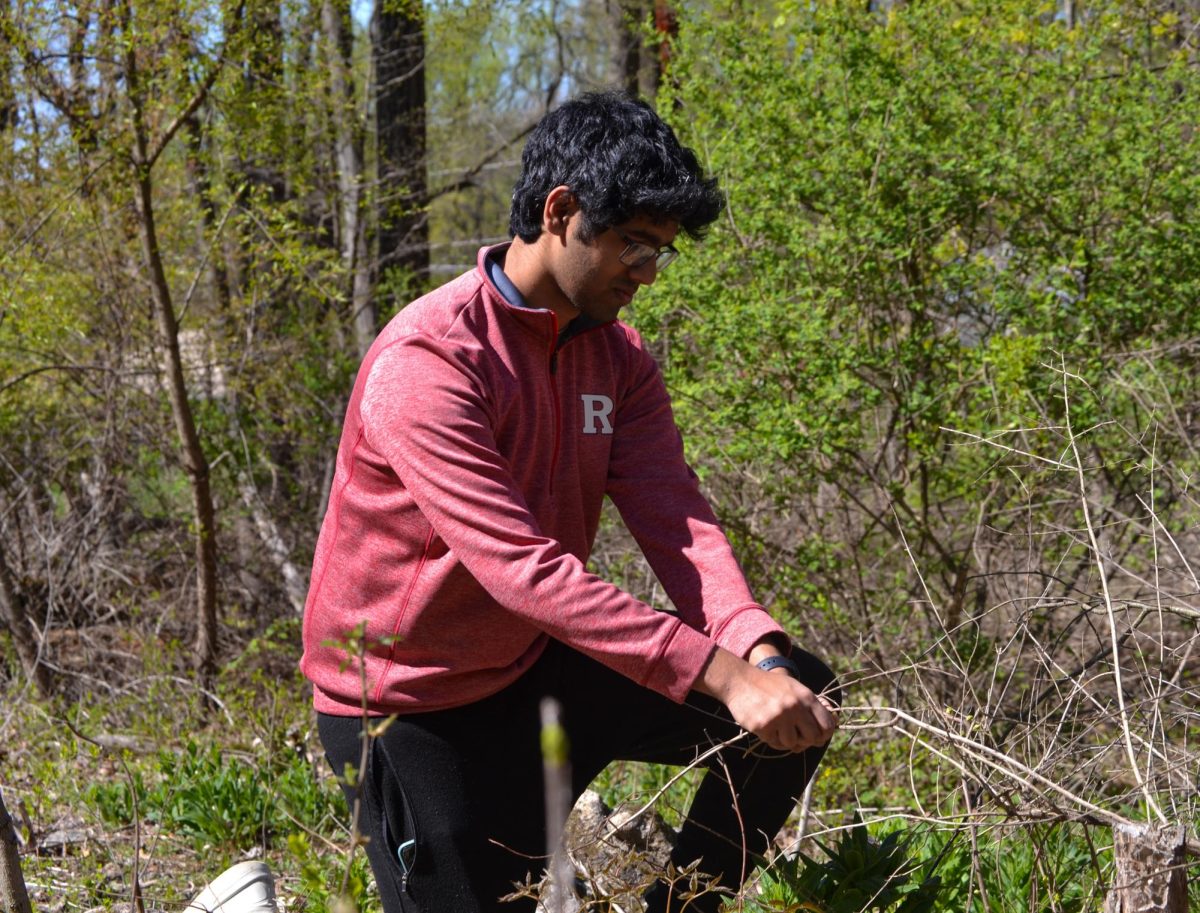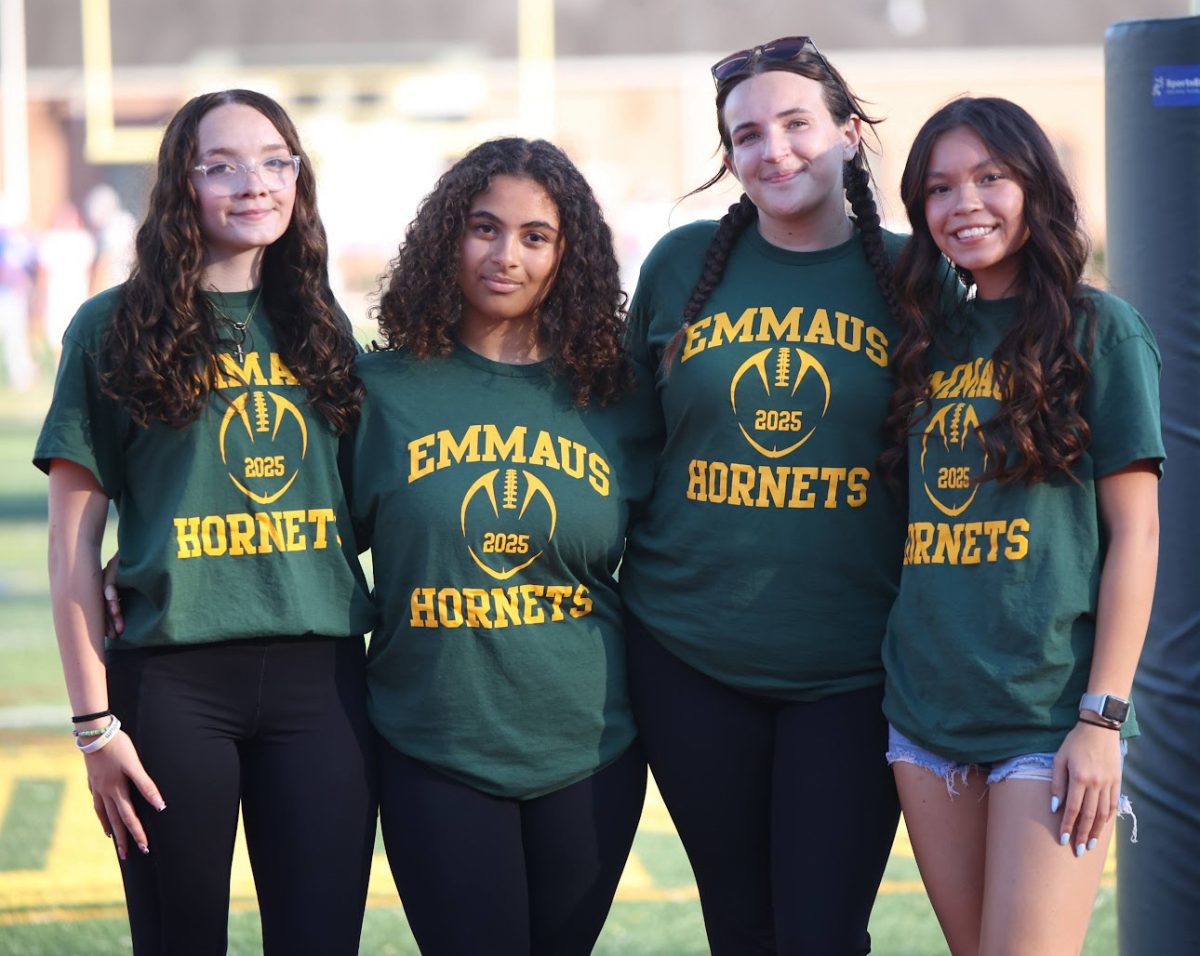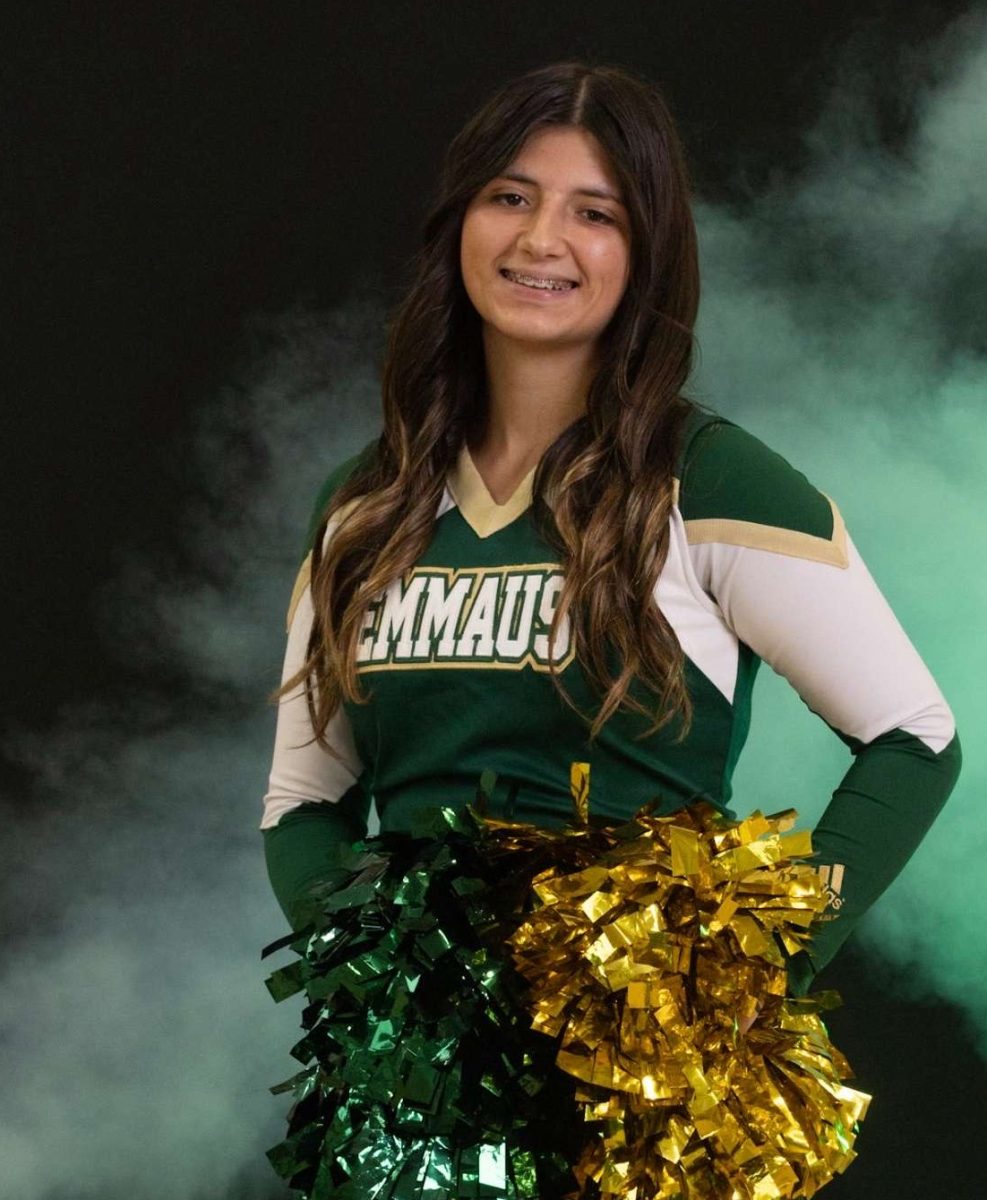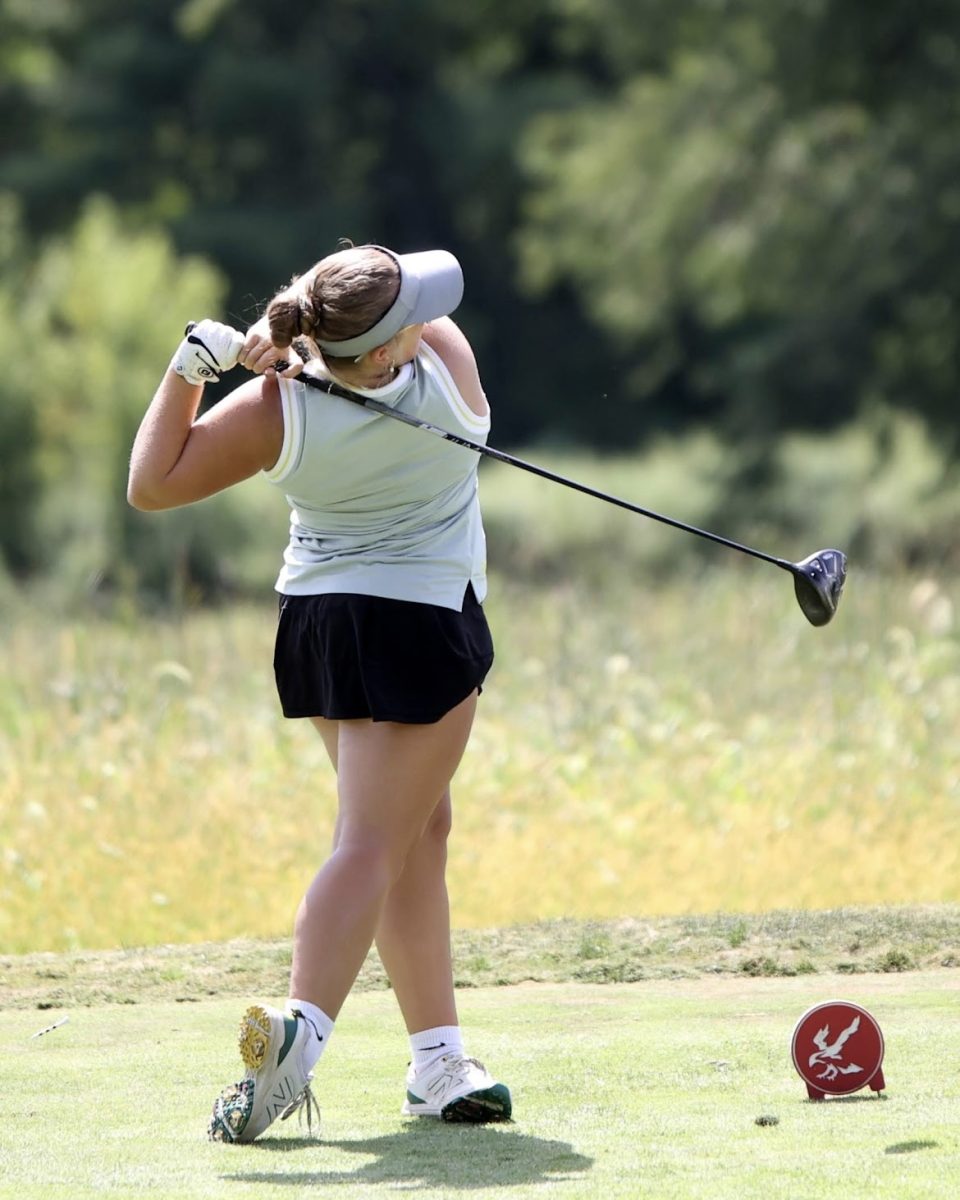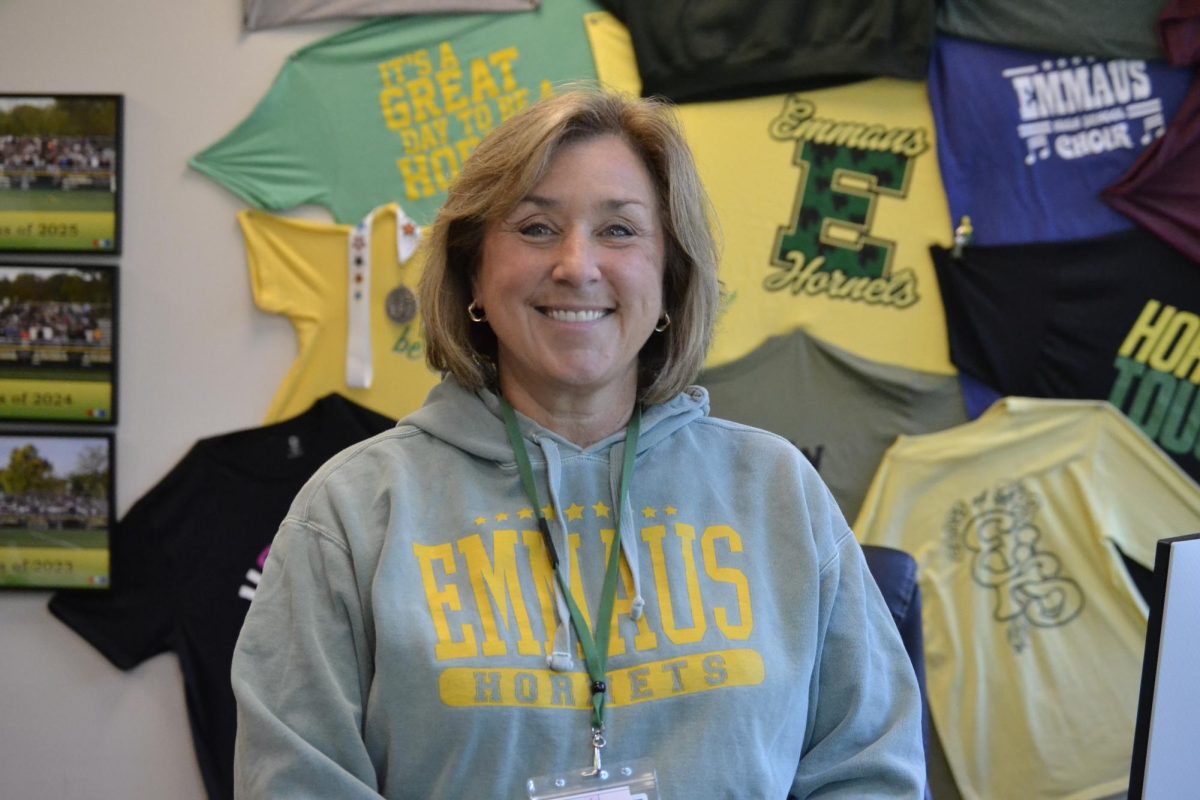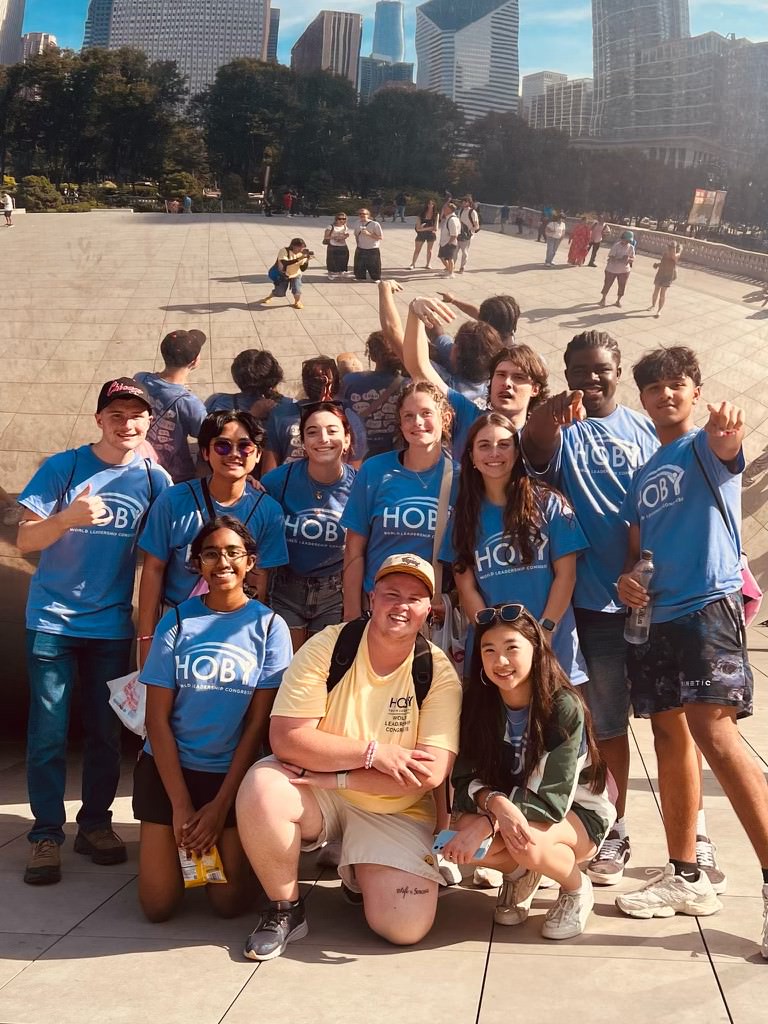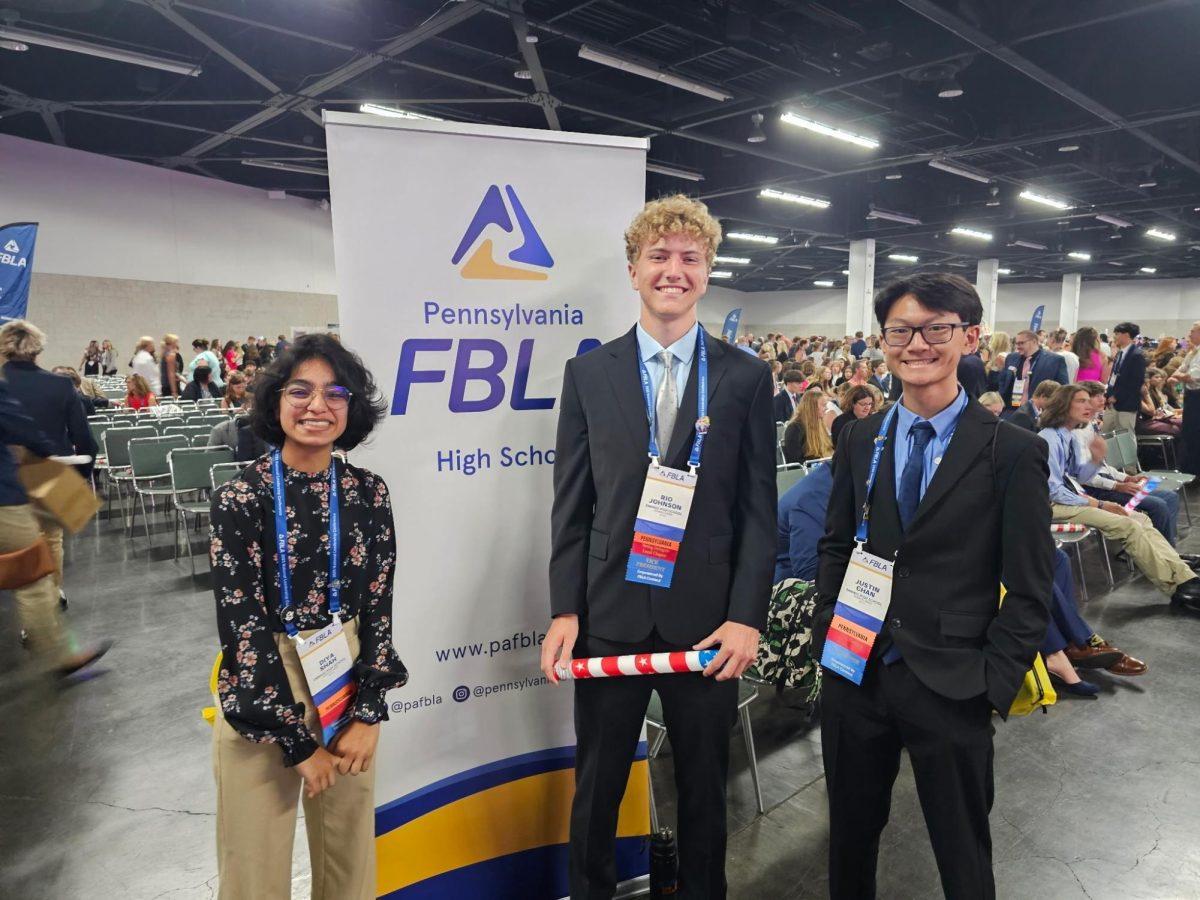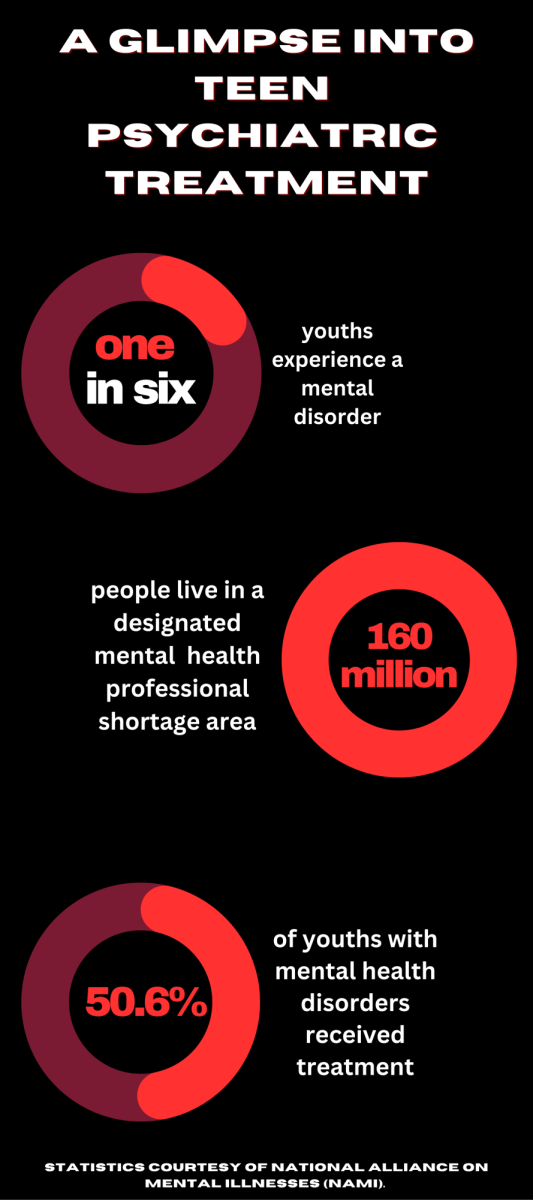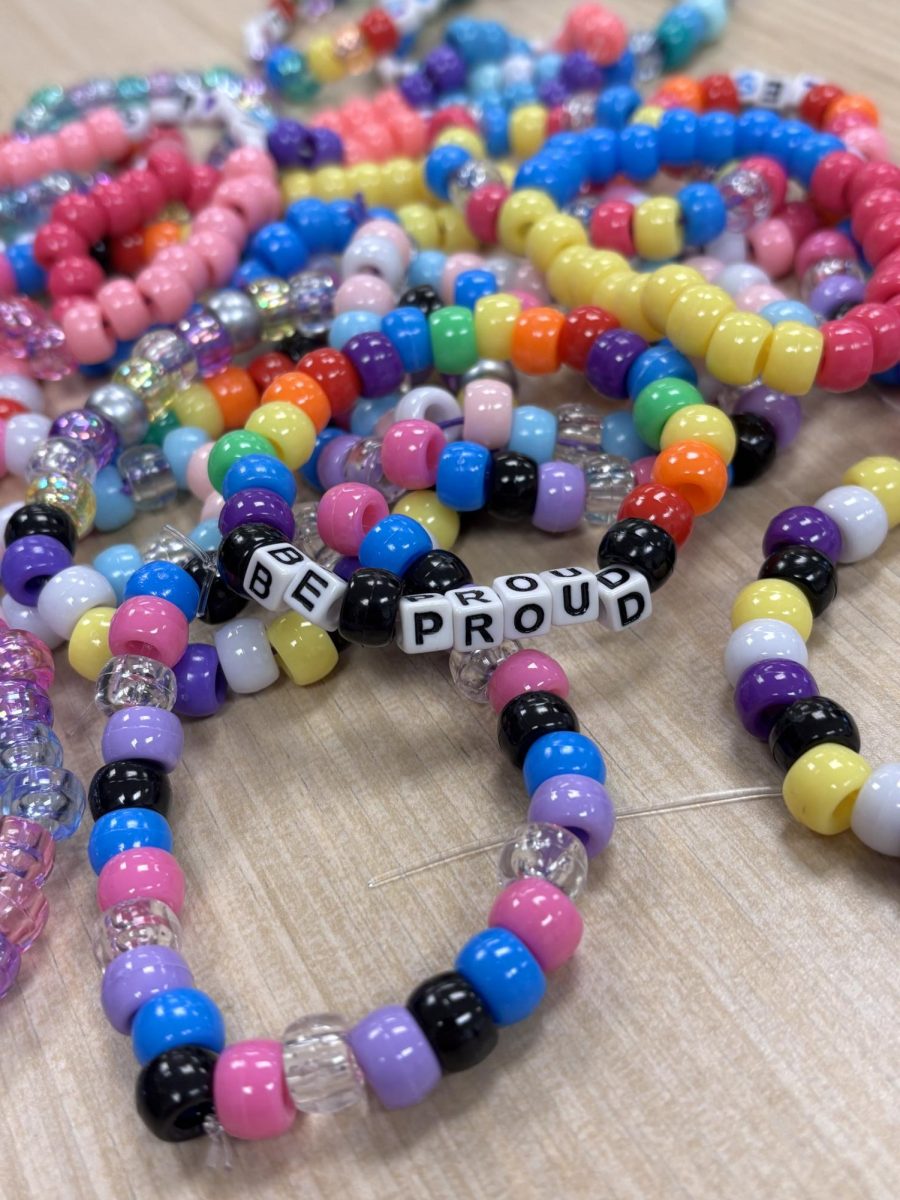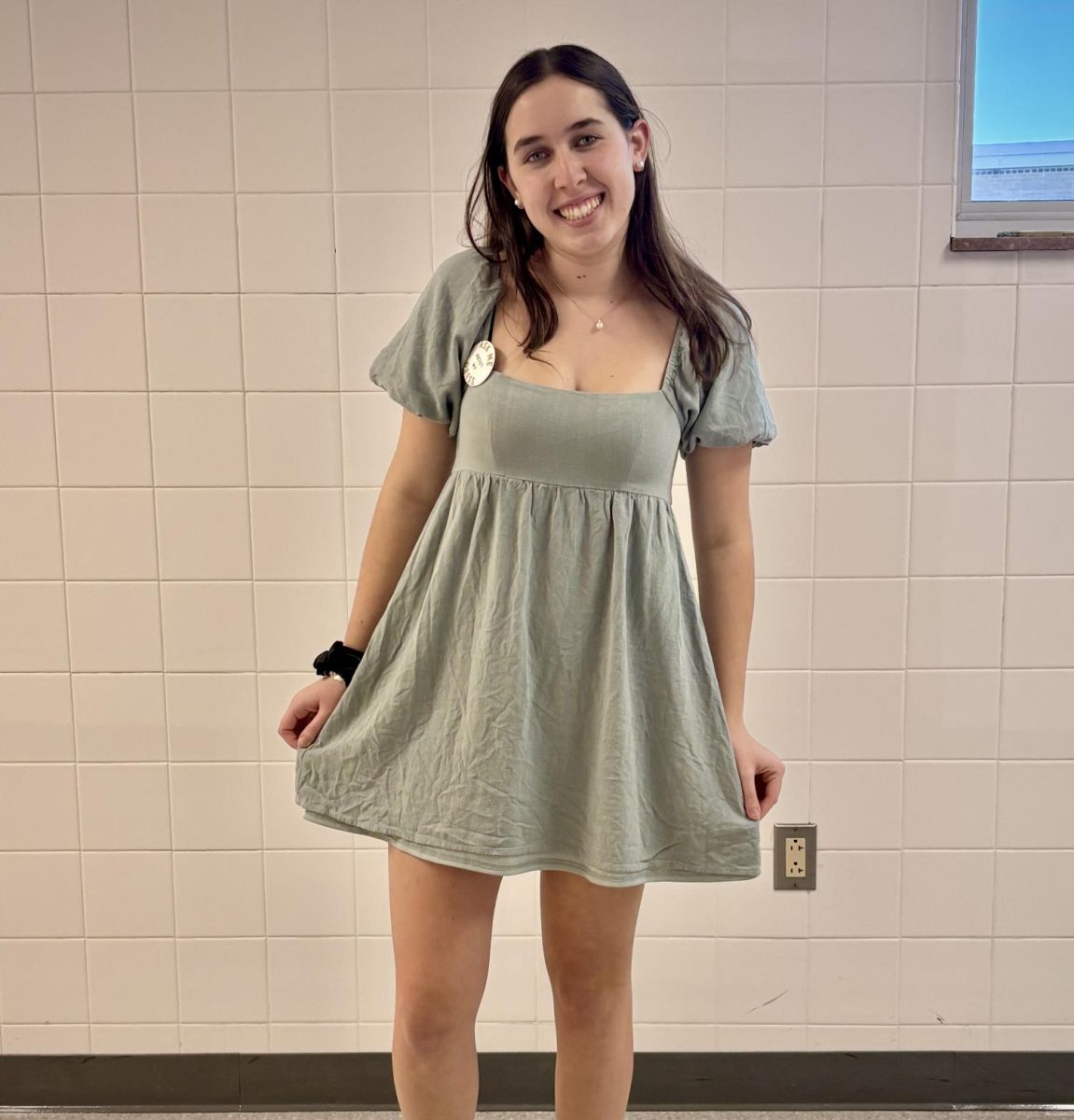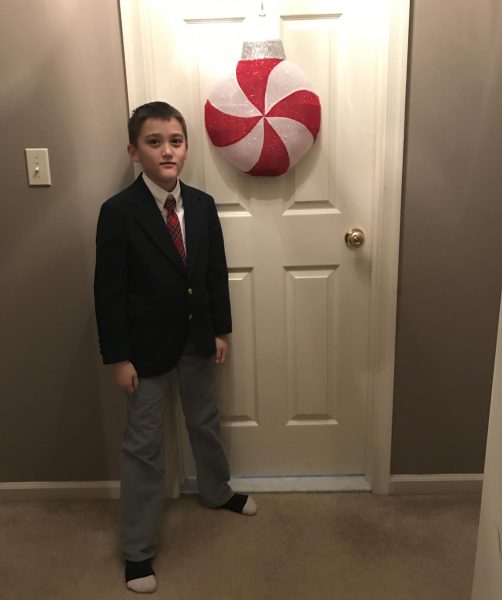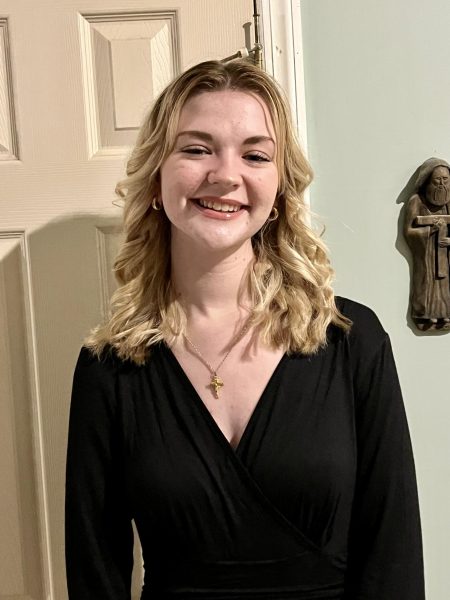This was previously published in our April 2024 issue.
The fight to combat climate change and promote sustainability, both within a community and on a larger scale, extends to everyone — including Emmaus High School faculty and staff.
Both in school and through extracurricular activities, EHS faculty and staff strive to improve sustainability not only within the classroom, but beyond.
In various science courses at Emmaus, such as AP Environmental Science, Environmental Science CP, and Environmental Sustainability, teachers seek to inform students about the harm that climate change and environmental degradation can do — as well as teach them of innovative solutions and methods to control our own carbon footprints.
Emmaus science teacher Zachary LaBar advises the Hydroponics Club, which focuses on fresh produce as part of a self-contained hydroponics system, a method of growing plants without soil.
“The real benefit or power behind the hydroponic system is that we can raise plants from seed all the way to harvest and it really uses the least amount of resources as possible,” LaBar said.“It takes up a very small square footage in the classroom because the plants are growing up and not out.”
The hydroponics system was purchased with a grant from the East Penn Education Foundation; the system acts as an environmentally friendly alternative to traditional field crops, since hydroponic systems use less water, take up less space, and have faster growth rates.
Outside of sustainable farming systems, teachers and faculty also push students to make a major difference in their community.
Dr. Kimberly Kneller, a science teacher at Emmaus who taught AP Environmental Science, oversaw her students’ service projects. These projects aim to involve students in the local community through projects that promote environmental sustainability.
“I’ve had students suggest more meatless options in the cafeteria, composting on campus… I had a group install a bald eagle platform at Kulmbach Park last year,” Kneller said. “When the students are deciding projects, I always say that there are things I have from last year that you can pick and run with — the Adopt-a-Highway is one of those.”
Adoptees and their volunteer group sign a contract pledging to pick up litter from a two-mile stretch at least twice a year, for two years. In return, a sign is put up recognizing the group’s efforts, in the hopes that it inspires other members of the community to volunteer.
However, the school’s efforts to work on improving the natural space in the area are lacking. Specifically, the EHS greenhouse, formerly used as a garden, has been out of commission for over two decades.
“In the late 90s, during the renovation of the high school, they redid the greenhouses and the lab classrooms,” biology teacher Kristina Svencer said. “The architects did not consult the biology teachers, and so the greenhouse is not set up to be a greenhouse in terms of HVAC systems and some other things in there, like how it’s physically constructed with the flow of the air and electrical and water accessibility.”
To have a greenhouse, the conditions must be near perfect. Greenhouses require warm temperatures, water accessibility, lots of light, and adequate drainage. The EHS greenhouse could potentially acquire these through renovations and grow most plants, but it is currently used as a storage room in the science hallway.
Teachers outside the science department are assisting in the effort against climate change too. Laurie Furry, a social studies teacher at EHS, makes several efforts to reduce her impact on the environment on her own.
Furry attributes her environmental passion to growing up as a child of the 70s, in which the hippie movement led to significant environmental awareness.
“I think just because I grew up in the 70s, so you know, I remember like when there were no raptors. There were no birds of prey because they were all dying because of DDT,” Furry said. “I think just people in general need to be more thoughtful about what they do. One of the things that raised me to no end is I sit here and I watch cars line up to pick up people for early dismissal. They sit out there with their cars on and that is one of the worst things for the environment.”
In addition to taking personal measures to decrease her impact, Furry also aims to stop waste within the classroom.
“Here in the building, if I have paper that I’m done with, I will fold it up, put it in my bag, take it home, and put it in my personal recycling – because nothing gets recycled [in Emmaus High School],” Furry said.
Furry also reuses tests and paper handouts from year to year to cut down on paper usage.
EHS has no well-established recycling facilities or programs, despite the extensive use of plastic utensils and products in the cafeteria. Furry alleged that most of the items placed in recycling bins at EHS do not actually get placed in the proper receptacles, instead getting thrown out with non-recyclable waste. EHS Principal Beth Guarriello declined to comment on these allegations. However, EHS Head Custodian John Marstellar, insists that the items like paper placed in the recycling bins are actually recycled.
“I would say 80 percent of the guys recycle the paper that’s in there. We do recycle,” Marsteller said.
For both students and staff, recycling remains a simple yet effective way to reduce individual impacts. Furry, while recognizing the challenges they may face, leaves students with one last piece of hope.
“I think you guys [Generation Z] are very conscientious of the fact that something’s not right and something needs to be done about it,” she said.


